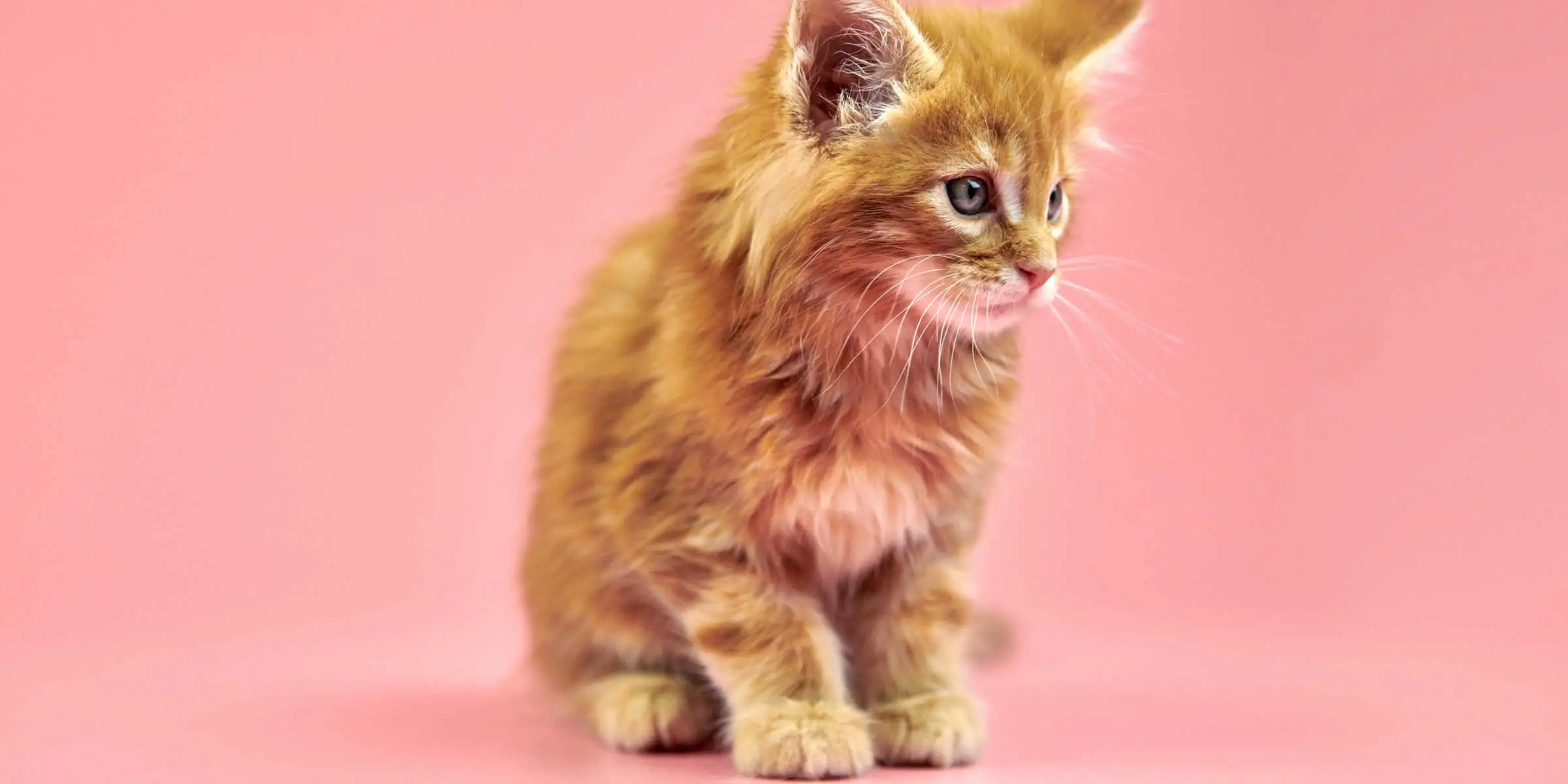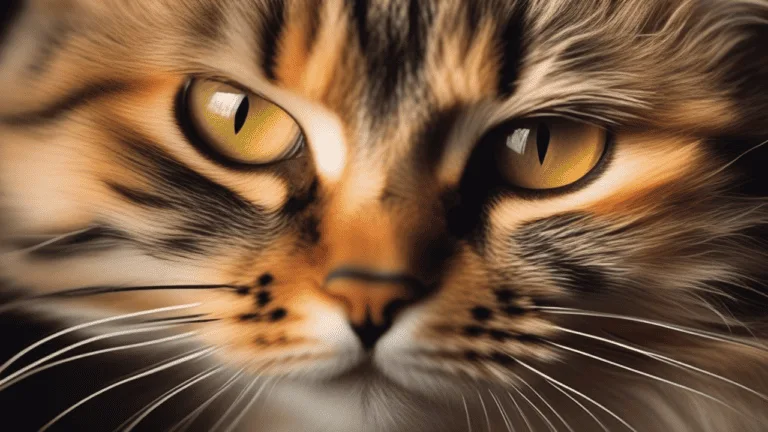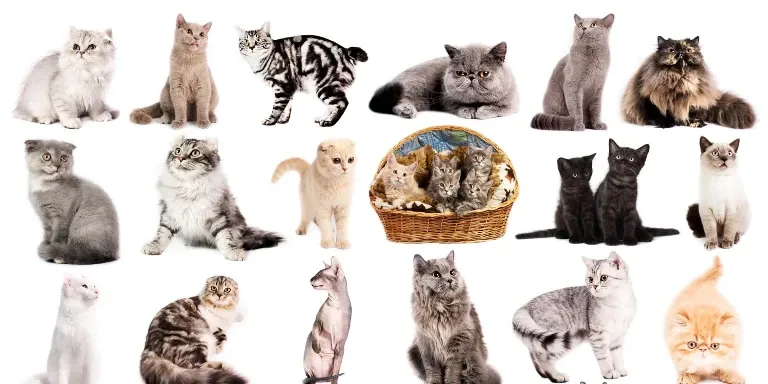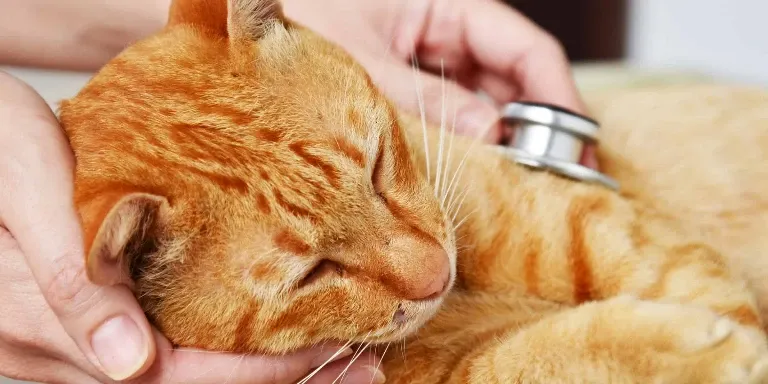The Best Fluffy Pancakes recipe you will fall in love with. Full of tips and tricks to help you make the best pancakes.

Are you curious about whether it’s possible to mix cat breeds?
It is possible to mix cat breeds through breeding. Crossbreeding is the intentional mating of two different cat breeds in order to create a new breed with specific traits and characteristics.
However, it is important to note that deliberate crossbreeding should only be done responsibly and with a clear purpose in mind. Breeding cats of different breeds can result in unique mixed breed cats with a combination of traits from both parent breeds.
While crossbreeding is a controversial topic in the cat breeding world, it’s important to understand the pros and cons before making any decisions. Crossbreeding can result in a wide range of outcomes, both positive and negative.
Some breeders see it as a way to create unique and desirable traits in a new breed, while others argue that it can lead to health issues and a lack of breed consistency.
In this article, we will explore the world of crossbreeding in cats, including popular crossbreeds, health and legal considerations, and the future of this practice.
Understanding Crossbreeding in Cats
You might be wondering if mixing different cat breeds is possible, but it’s important to understand that crossbreeding can have unpredictable outcomes and potential health issues for the offspring. Understanding hybridization techniques is crucial when exploring the possibility of mixing cat breeds.
Breeding cats of different breeds can be done through natural mating or artificial insemination, but it’s important to note that not all crossbreeds are created equal. Genetic diversity in mixed breed cats can be both beneficial and risky.
On one hand, having a varied genetic makeup can lead to increased resistance to diseases and a stronger immune system. On the other hand, mixing breeds that are genetically too far apart can result in health issues such as heart defects, respiratory problems, and even shortened lifespans.
It’s also important to note that not all mixed breed cats are the result of deliberate crossbreeding. Some cats may have a mixed heritage due to natural breeding between different breeds in the wild.
Understanding the potential risks and benefits of crossbreeding cats is crucial before attempting to mix different breeds. While it may seem exciting to create a new and unique breed of cat, it’s important to prioritize the health and well-being of the offspring. Genetic diversity can be beneficial, but it’s important to ensure that the breeds being mixed are not too far apart genetically to avoid potential health issues.
Pros of Crossbreeding
As you delve into the pros of crossbreeding, you’ll discover that it can be an exciting way to create new and unique breeds.
By crossing two different breeds, you can develop a feline that possesses the traits and characteristics of both.
Additionally, crossbreeding can be used to improve the health and temperament of certain breeds, ensuring that they live long and happy lives.
Creating new and unique breeds
By crossbreeding different feline breeds, you can create a new and distinctive cat breed with its own unique characteristics. This is often referred to as creating designer cats.
While some may argue that this practice is unethical, there are ethical considerations that responsible breeders take into account when crossbreeding. When creating a new breed, breeders must consider the health and well-being of the cats involved. They must also ensure that the breeding process is not harmful or painful for the cats.
Additionally, breeders must be mindful of the potential genetic defects that may arise from crossbreeding. Responsible breeders take steps to minimize any potential health issues and work to ensure that the cats are healthy and happy. By creating new breeds, breeders can bring attention to the unique qualities of different feline breeds and help to preserve rare or endangered breeds.
Improving the health and temperament of certain breeds
Improving the health and temperament of certain breeds can be achieved through careful breeding practices and attention to genetic traits. Breeding ethics should be a top priority when attempting to improve a breed. This includes avoiding inbreeding, which can increase the risk of genetic disorders, and selecting for desirable traits that don’t compromise the overall health of the animal.
To achieve genetic diversity, breeders may introduce new genetic material from other breeds. This can be done through crossbreeding, which involves breeding two different breeds together, or through outcrossing, which involves breeding a purebred animal with a genetically diverse individual. However, it’s important for breeders to carefully consider the potential consequences of introducing new genetic material, as it can also result in undesirable traits or health issues.
Ultimately, improving the health and temperament of a breed requires a balance between careful breeding practices and a commitment to maintaining genetic diversity.
Cons of Crossbreeding
Crossbreeding cats can lead to health problems, such as inherited genetic disorders, which can be detrimental to the well-being of the cat. Genetic diversity is essential to maintaining healthy cat populations, but crossbreeding without proper genetic testing can result in the expression of harmful recessive genes.
Additionally, breeders may not be aware of the genetic history of the cats they are mixing, which can lead to a higher risk of health problems in their offspring. Ethical concerns also arise when it comes to crossbreeding cats. Some breeders may prioritize profit over the well-being of their cats, leading to the exploitation of certain breeds.
In some cases, breeders may also create designer cats, which are marketed as unique and exotic, but may have health problems due to their genetic makeup. It is important to prioritize the health and well-being of cats over the desire for certain physical traits or characteristics.
Crossbreeding cats can have negative consequences on their health and well-being. It is essential for breeders to prioritize genetic testing and ethical practices to ensure that their cats are healthy and happy. By promoting genetic diversity and responsible breeding practices, we can help ensure that cats are not subjected to harmful health problems or ethical concerns.
Popular Crossbreeds
Now that you understand some of the cons of crossbreeding, let’s talk about a few of the most popular crossbreeds out there. Crossbreeding can offer a way to increase genetic diversity in a breed, and can result in some unique and beautiful cats.
Here are a few examples of popular crossbreeds:
- The Bengal: This cat is a cross between an Asian leopard cat and a domestic cat. Bengals are known for their striking coat patterns and their active, playful personalities.
- The Savannah: This breed is a cross between a serval (a wild African cat) and a domestic cat. Savannahs are known for their long legs, spotted coats, and high energy levels.
- The Ragdoll: This breed is a cross between a Persian and a Birman. Ragdolls are known for their gentle, affectionate personalities and their soft, fluffy coats.
While crossbreeding can result in some amazing cats, it’s important to remember that there are risks involved. It’s important to choose a reputable breeder who’s committed to preserving the health and well-being of their cats, and to do your research before bringing home a crossbred cat.
With the right care and attention, a crossbred cat can make a wonderful addition to your family.
Health Considerations
When considering adding a crossbreed feline to your family, it’s important to be aware of potential health considerations. Unlike purebred cats, crossbreeds may have a wider range of possible health issues due to the genetic variability that comes with mixing breeds. It’s important to research and understand the potential risks before making a decision.
One factor to consider is breeding restrictions. Some cat breeds, such as the Bengal and Savannah, have restrictions on breeding with other breeds due to genetic concerns. For example, breeding a Bengal with a Siamese could result in offspring with a higher risk for heart disease. It’s important to research the potential health risks of crossbreeding specific breeds before making a decision.
Genetic testing is also an important consideration when mixing cat breeds. Many purebred cats undergo genetic testing to identify potential health issues, and this can also be helpful when crossbreeding. By testing for genetic markers, breeders can identify potential health risks and avoid breeding cats that may produce offspring with health issues. If you’re considering a crossbreed, it’s important to ask the breeder about any genetic testing that has been done and to ensure that the cat has been properly screened for potential health issues.
Legal Considerations
If you’re considering crossbreeding your cats, it’s important to be aware of the legal considerations that come with it.
Regulations on crossbreeding vary by location, so it’s crucial to check your local laws and ensure that you’re in compliance.
Additionally, ownership and registration of crossbred cats may also be subject to certain rules and regulations, so it’s important to do your research and make sure you’re following all necessary procedures.
Regulations on crossbreeding
You can’t just mix and match cat breeds like ingredients in a recipe, as there are regulations in place when it comes to crossbreeding felines.
Breeding restrictions are a crucial aspect of cat breeding that ensures ethical practices are followed. The Cat Fanciers’ Association (CFA) has strict guidelines for breeding cats, and any breeder who wishes to crossbreed must follow these guidelines.
The CFA prohibits the breeding of certain cat breeds, including wild cats and hybrids. It also states that breeders shouldn’t breed cats with known genetic defects or health issues that could be passed on to their offspring.
Furthermore, breeders are required to provide proper care and socialization to their cats and kittens, ensuring their well-being and preventing any form of animal cruelty.
By following these regulations, breeders can ensure that their crossbreeds are healthy, happy, and ethically produced.
Ownership and registration of crossbred cats
Owning and registering a crossbred feline can be a complex process that requires thorough research and adherence to specific guidelines set forth by organizations like the CFA.
When it comes to crossbreed ownership laws, it’s important to note that different regions have varying regulations. Some areas require that crossbred cats be registered as a new breed, while others consider them as domestic shorthairs or longhairs. Additionally, some regions prohibit the breeding of certain breeds or limit the number of cats an individual can own.
To identify a crossbred cat, there are various methods that can be used. One is through DNA testing, which can determine the cat’s ancestry and help determine its breed. Another method is through physical characteristics, such as coat color, pattern, and body type.
It’s important to note that while crossbred cats may have unique and desirable traits, they may also be prone to health issues due to their mixed genetic makeup. Thus, it’s crucial for owners to be aware of their crossbred cat’s health and to consult with a veterinarian regularly.
The Future of Crossbreeding
With crossbreeding becoming more common, cat enthusiasts can expect to see unique and diverse feline breeds in the future. As more people embrace the idea of mixing cat breeds, we can anticipate several interesting developments in the world of feline genetics.
Below are some things to look forward to:
- Greater genetic diversity – Crossbreeding allows for the introduction of new genetic traits into the feline gene pool. This can lead to the creation of unique breeds that are more resistant to certain diseases and have improved physical attributes.
- Ethical concerns – While crossbreeding can result in positive outcomes, ethics must be considered. Breeders must be mindful of the welfare of the animals they are breeding and ensure that they’re not causing harm or suffering.
- More specialized breeds – As crossbreeding becomes more accepted, we may see an increase in specialized breeds that are designed to meet specific needs or preferences of cat owners. For example, a breed that’s hypoallergenic or has a certain temperament.
- Increased demand – With the creation of new and unique breeds, there may be an increase in demand for these cats. This could result in higher prices and potentially unethical breeding practices. It’s important for consumers to do their research and ensure that they’re purchasing from reputable breeders who prioritize the welfare of the animals.
Can Mixed Cat Breeds Reproduce?
Yes, different cat breeds can mate and reproduce. Just like with dogs, cats of different breeds can interbreed and produce mixed-breed offspring. There are no biological barriers that prevent different breeds of cats from mating and reproducing.
Conclusion
Congratulations! You now have a better understanding of the world of crossbreeding in cats.
While the concept of mixing different breeds may seem exciting, it’s important to consider the pros and cons carefully.
On one hand, crossbreeding can lead to unique and adorable feline companions with a mix of desirable traits.
On the other hand, it may also come with potential health risks and legal considerations.
It’s important to note that crossbreeding should only be done responsibly, with the health and well-being of the cats as the top priority.
As the world of cat breeding and ownership continues to evolve, it’s essential to stay informed and make informed decisions.
So, whether you’re considering adding a crossbreed to your family or simply curious about the subject, remember to approach it with a critical eye and an open mind.
As the famous quote goes, “With great power comes great responsibility.”








